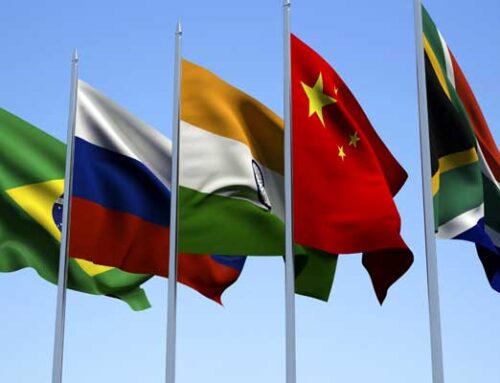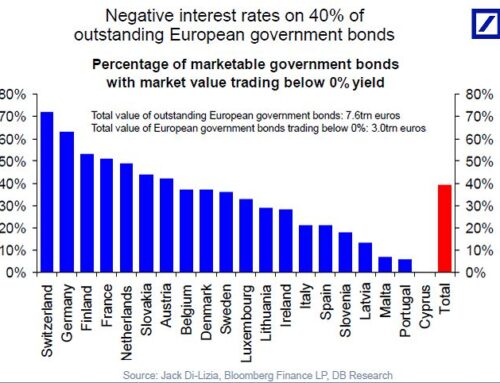Chhatrapati Shivaji Bhosle (1627/1630 – 3 April 1680) also known as Chhatrapati Shivaji Maharaj, was an Indian warrior king and a member of the Bhosle Maratha clan. Shivaji carved out an enclave from the declining Adilshahi sultanate of Bijapur that formed the genesis of the Maratha Empire.
Money is very important for running any big organization. so when I started thinking about the Maratha empire, one question came into my mind.
How did Shivaji Maharaj Handle funding in his earlier days?
In today’s world, Government can reach many sources of funds. They can levy taxes. Collect royalties. Auction Spectrum and other natural resources. Sovereign Loans and in some cases Assets of public companies are also there. But what about the Time when Shivaji Maharaj was starting his empire?
In the words of Dr. Ishwari Prasad,
“His system of administration was better than the Mughal administration in several areas.”
Dr. R.C. Majumdar writes of him,
“He was not merely a daring soldier and successful military conqueror but also an enlightened ruler of his people.”
He preferred to invade During his early days, the surrounding areas of his kingdom belonging to the Mughals or the Adilshah of Bijapur to raise necessary funds but he never imposed heavy taxes on his Subjects. Whenever he can short of funds he ransacked the territory but never exploited his people. He wanted to reduce the financial burden of his people, therefore, he never imposed heavy taxes on them. The major source of income for his state was the booty & tributes that he got from a number of battles he fought.
The Victory over Afzalkhan brought great wealth to Shivaji Maharaj. The defeat of Afzalkhan made him available 65 elephants, 4000 best Arabic Horses, 1200 camels & jewelry of Rs.3 lakhs. He also got 2000 bals of rich clothes of rupees seven lakhs in cash. In addition, he got cannons, guns & weapons of all types including thousands of tents. It was great wealth to Swaraj.
Until 1674 Shivaji Maharaj was not a crowned king and so it was impossible for him to impose taxes on people to raise funds to meet the ever-increasing expenditure of the state. Building army and forts need funds, therefore, he plundered enemy territory to raise funds. This was the reason behind plundering the rich city, Surat.
The Tax system during Shivaji Maharaj was efficient. During his time, his system of Jagir was famous. It was a major part of revenue for Adil shah of Bijapur and other rulers. Shivaji Maharaj Ignored the system of assigning Jagirs to his officers and whenever he assigned jagirs to them, the right of collecting the revenue was kept with the officials. The revenue system of Shivaji Maharaj was Ryotwari in which the state had direct contact with peasants. During his time, Shivaji Maharaj accepted the design of the revenue based on which cultivators were asked to pay thirty-three percent of their produce to the state. The farmers had the option to pay land revenue in cash or kind. The peasants could pay the revenue in installments. The accounts of the revenue officers began to be thoroughly checked.
Deduction from the income of various hereditary officials Pargana was also a taxable income. This tax was name as Inampatti ,Miraspatti ,Deshmukhpatti & Sardeshmukhpatti. Like today, there was also a system of professional tax. That includes Tel Patti, Sarafpatti, Vethbegari & HejibPatti.
Among all the indirect taxes, customs duties occupied the prime place. It was like exports & imports. Chaul, Dhabol, Vengurla, Rajpur & Ratnagiri were the chief ports of Shivaji Maharaj, which were busy with import & export goals. A transit duty was imposed on foreign goods traveling through Shivaji Maharaj’s state along with export duties. Hence, the customs duty was the primary & essential item of state revenue.
Afterward, Shivaji abolished nearly forty local taxes. It was a massive step as Maharaj carved Swarajya from the declining state of Adil Shah, and to keep it secure, Maharaj and his son Sambhaji Maharaj fought with Mughals.
Currency, trade tax, and land revenue were the primary sources of the fixed income of Shivaji Maharaj. He also collected the Chauth and Sardeshmukhi from the territory under his enemies or his influence. The Chauth was one-fourth part of the income of a particular region, while the sardeshmukhi was one-tenth.
The kingdom of Shivaji Maharaj, swarajya, was divided into sixteen parts to collect the revenue. These sixteen parts were further divided into tarfs, and each turf was further subdivided into mauzs. The revenue officer of a province was called the subedar, while the officer in a tarf was called the karkun.
In matters of administration, he gave a superior position to his civil officers compared to military officers. It helps in a big way. Before Shivaji Maharaj, Military officers were collecting so many different taxes, making life terrible for People living in the state. By giving the superior position to Civil officers, he creates two separate divisions and indirectly tells the public that ruling is not about war only. Another significant change that Shivaji Maharaj made was to pay the soldiers in cash.
Being a Tolerant King, Shivaji Maharaj was strictly against Taxes which made a difference between people based on their religion. Like jizya. Akbar abolished it. When Aurangzeb issued a fresh order reimposing the jizya on the Hindu population, Shivaji Maharaj was strictly against it, so he wrote a letter to Aurangzeb. He wrote, “Kuran says that Allah is the Lord of all men and not of the Muhammadans only. Islam and Hinduism are only different pigments used by the Divine Painter to picture the human species.”





